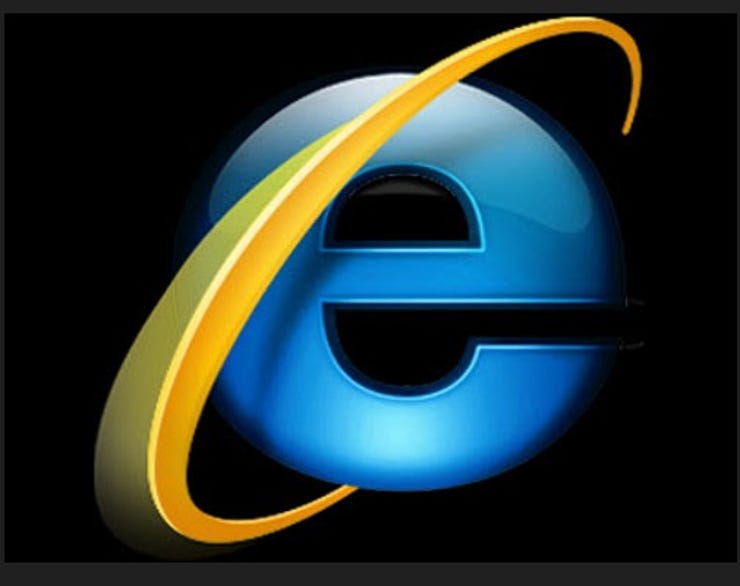
































It's finally happening. Microsoft will be ending support for most versions of its Internet Explorer (IE) 11 browser on June 15. Microsoft announced more than a year ago that IE would be removed from most versions of Windows 10 this year and has spent months encouraging customers to get ready by proactively retiring the browser from their organizations.
IE 11 will be retired for Windows 10 client SKUs (version 20H2 and later) and Windows 10 IoT (version 20H2 and later). Products not affected by this retirement include IE Mode in Edge; IE 11 desktop on Windows 8.1, Windows 7 (with Extended Security Updates), Windows Server LTSC (all versions), Windows Server 2022, Windows 10 client LTSC (all versions), Windows 10 IoT LTSC (all versions). The IE 11 desktop app is not available on Windows 11, as Edge is the default browser for Windows 11.
IE Mode in Microsoft Edge will be supported through at least 2029 to give web developers eight years to modernize legacy apps and eventually remove the need for IE mode, officials have said.
Microsoft has told customers the IE desktop application will be progressively redirected to Microsoft Edge over the coming months following the June 15 support end date, and will ultimately be permanently disabled via some, as yet publicly undesignated future Windows Update. Customers should not uninstall IE completely, as IE Mode relies on IE 11 to function.
Microsoft officials say support for IE Mode will follow the lifecycle of current and future Windows client, Server, and IoT releases at least through 2029. If support for a version of Windows ends before 2029, support for IE Mode on that version also will end. Microsoft has committed to providing a one-year notice ahead of retiring IE Mode. Officials have said that there will be no extensions for IE 11 support past the stated retirement dates.
Microsoft rolled out the very first version of IE in 1995, alongside Windows 95. It introduced IE 11 in October 2013. Microsoft began bundling Edge with Windows 10 in 2015.
 Tags chauds:
technologie
Services et logiciels
Tags chauds:
technologie
Services et logiciels